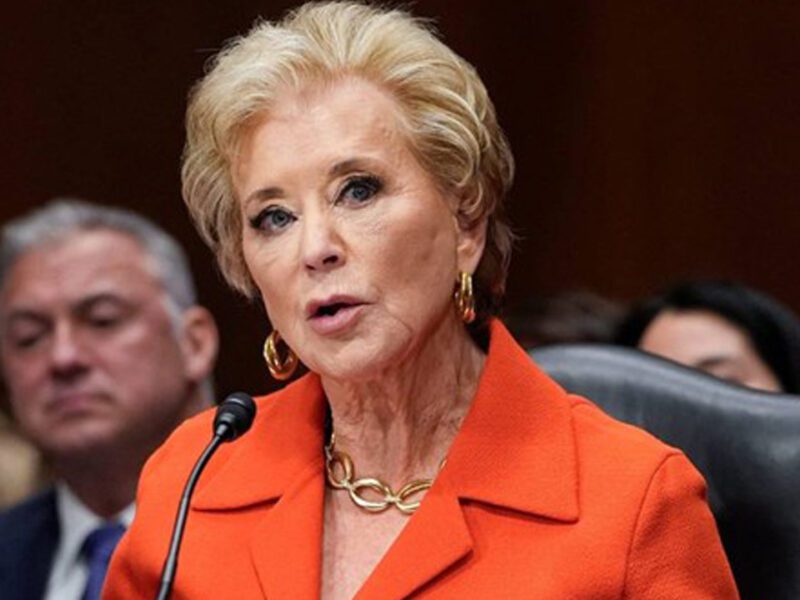
School board, county commission discuss homelessness and gun violence at joint meeting
At a joint meeting on Monday, the Alachua County Board of County Commissioners and the School Board of Alachua County discussed literacy, student homelessness, housing and gun violence.
Pamela Chalfant is the Assistant Director for the UF Lastinger Center for Learning. At the meeting, she presented a plan for a Comprehensive Literacy Needs Assessment to collect and analyze data on both child and adult literacy in the county. County Commissioner Marihelen Wheeler emphasized the need to include teachers’ voices when doing the assessments.
During the discussion of behavior issues and gun violence, commissioner Anna Prizzia was concerned about the correlation between low rates of literacy and high rates of behavioral issues among Black students.
“I’m going to guess that when you’re not learning and you’re in front of your peers and you feel really frustrated because you’re not learning, you’re probably going to start acting out,” she said. “I just want us to think comprehensively about these issues.”
School board staff provided information about the new Florida model of threat management. Alachua County implemented the system five months ago. Before that, school staff couldn’t intervene with a child until there was a threat of violence. Now, staff can intervene early on with young students to prevent future threats of violence.
Commission Chair Mary Alford said the system impressed her, its potential for redirecting problems early on. Still, School Board Chair Diyonne McGraw thought it wasn’t enough because gun violence is still increasing.
The two boards voted to look into funding safe firearm storage options for low-income families.
The commission and school board also passed a joint resolution directing staff for both entities to collaborate on combatting homelessness in the county.
Superintendent Shane Andrew said he wants to see the school board work closely with the county on offering resources to students and their families experiencing homelessness.
“We feel we’re not identifying all of our homeless students,” Andrew said. He cited national estimates that place average student homelessness anywhere between two and nine percent. A recent school board presentation counted 920 homeless students by the end of fiscal quarter three. But Andrew said there could be “thousands.”
“What we would like to do is leverage our resources and our teams to identify more families, communicate with one another who we’ve discovered and how we can support them,” he said.
Commissioner Ken Cornell said he hopes staff can bring budget recommendations to the county in time for this year’s budget cycle.
“The budget is where the rubber meets the road and the good work that you all are doing for our most vulnerable,” he said.
While discussing housing, Alford noted the county owns a few parcels of land that are sitting unused that could be converted into affordable housing for students and teachers.
Many commissioners and board members mentioned the now-abandoned Terwilliger Elementary School as a potentially viable place for housing development. But school board member Kay Abbitt said there are more pressing issues than housing for which the land could be used.





